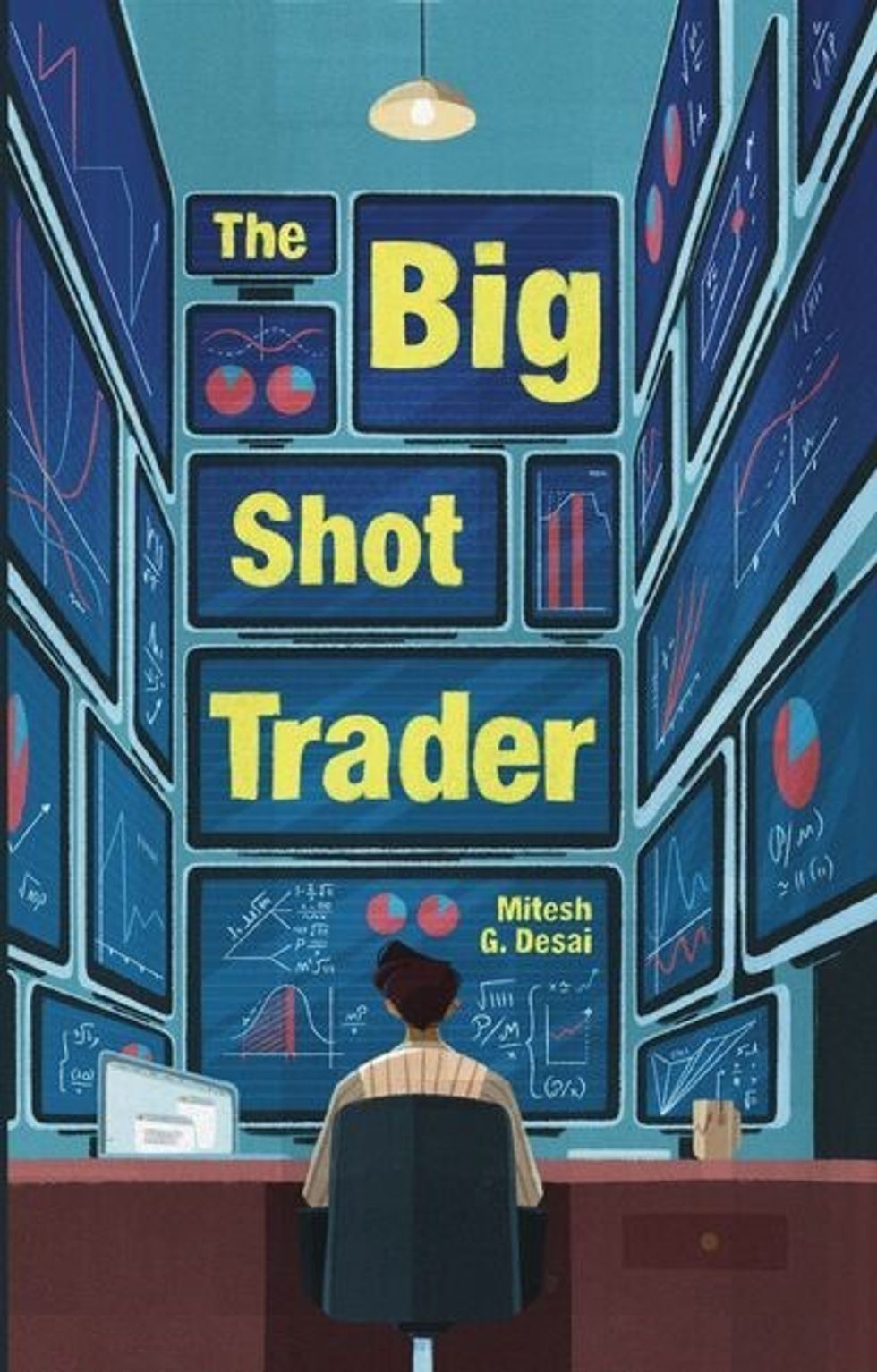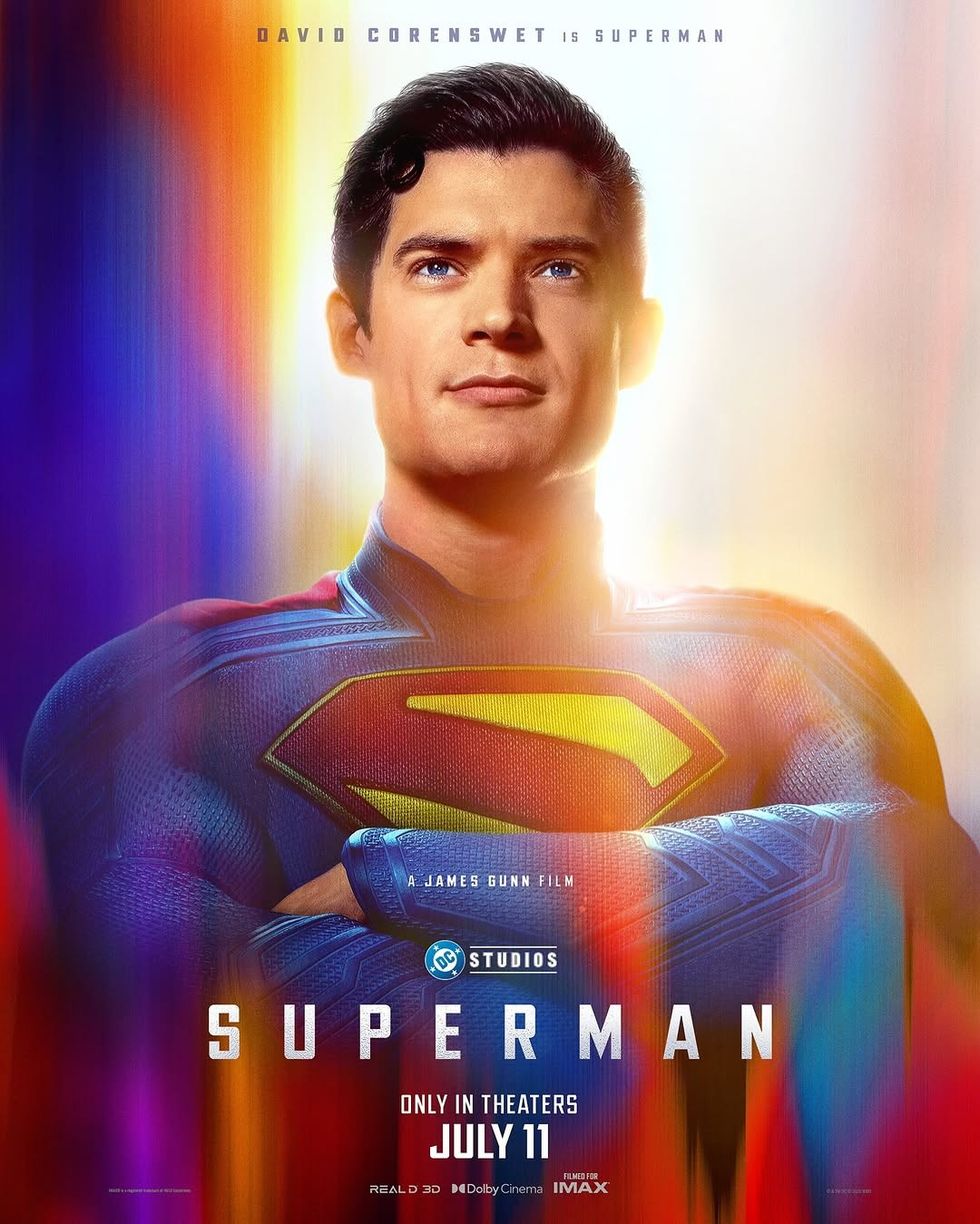FORMER City worker turned author Mitesh G Desai revealed he began writing as a form of escapism after becoming “disillusioned” with life in the finance sector.
His debut novel, The Big Shot Trader, which has just been published, tells the story of Kerpal, who has landed a job as a trader in the “shark-infested waters” of investment banking and his journey of survival in the sector.
“He’s obviously a really smart kid. He gets into the industry and he’s immediately confronted with some awkward moral decisions he has to make in order to be successful – which is totally normal in the industry,” Desai told Eastern Eye. “Initially, he makes this decision that yes, he just wants to do whatever he can to survive and to succeed. So he pushes himself really hard in terms of his work base and trying to fit in.”
While Desai said Kerpal’s character was not actually based on him, the 38-year-old conceded he used his previous experience of working in investment banking to write the novel.
“I have five or six really good friends who still work in finance and they have all been kind enough to read the book. Almost every single one of them has come back to me and said, ‘oh my God, did you base this character on my old boss or this other character on this colleague?’
“These characters all exist in the industry. So while it’s not me, I think there’s lots of elements that really resonate with what actually happens in the industry,” Desai said.
“It gives a real insight into the world of finance and the sacrifices, risks and moral choices that those in the industry make in order to survive, thrive and get paid,” he added.
“People are always talking about banking and whether it’s for good or evil. But the truth is that so many people don’t quite understand why it’s good or evil.
“Yes, there’s big sums of money being exchanged and yes, there is this cut-throat nature. But, actually, this is maybe one of the few times where you get to see the ways in which people cut corners or break the law or do things that are morally very dubious in order to make money.”
Desai got into investment banking when he was selected by Goldman Sachs to be on their internship programme. He was sponsored to study economics at Warwick University.
“I started at university in 2005 and at the time, investment banking was just seen as this incredibly attractive and lucrative profession that everyone was trying to get into. I still remember in my first year, there was a talk by Goldman Sachs in a hall that was attended by over 1,000 students,” he said.
“Finance was considered this amazing way to essentially earn a lot of money very quickly at a very young age. That was probably my primary motivator at the time.”
Over five years, Desai worked as a trader for JP Morgan and Royal Bank of Canada. He said the industry’s “silliness came in a range of forms” and there wasn’t just one reason that led him to quitting the profession.
“People in the industry make this really grave mistake of confusing the fact that they deal with a lot of rich people’s money with thinking that they themselves are incredibly important.
“And the truth is that a lot of these roles in finance are not really that important. We’re not doctors, we are not lawyers,” said Desai.
“The other thing was that people often develop these idiosyncracies in their own personalities that everyone else seems to treat as absolutely normal. For example, I had a boss who would refuse to read anything written in red pen. Loss was reported in red and so he just didn’t like the colour red.
“The fact that people had to kind of bend to these odd and curious whims was really strange. People thought, if you’re a trader, you make money and we’re going to do anything that you ask us to do, as a result.”
Desai initially started writing what would go on to become The Big Shot Trader in 2011 while he was still a trader. He published snippets of his experiences in the form of a blog. But he left the story to one side as a family emergency put his life on a different path.
“The thing that triggered me into leaving finance was actually my dad had a heart attack. He, thankfully, came through it and was fine. But I became very aware of the fact that I was spending no time with him, my mum and my sisters,” said Desai.
He started teaching economics at a private school and also helped out in the family pharmacy business.
“I ended up helping my sisters at our pharmacy store, Landys Pharmacy in Golders Green,” he said.
“At the time they really wanted to try and develop a website so I started to kind of tinker and play around with the idea and the business grew really quickly.”
The online pharmacy now serves customers in more than 100 countries and Desai works fulltime in order to develop the business.
In 2021, when his wife became pregnant, he decided that if he did not finish the novel he had started over a decade earlier, then he would never get it finished.
“That was probably the first time that I really sat down and made a commitment to writing almost every evening. And then it took about a year from that point to get it to a good position for it to be published,” said Desai.
He hopes he will soon be able to write a follow-up to The Big Shot Trader.
“I have three or four ideas for follow-up novels. And one of them does involve the pharma industry. Right now, I’m just focused on trying to help The Big Shot Trader be as successful as possible.

















 Poster of Superman film releasing on July 11 Instagram/superman
Poster of Superman film releasing on July 11 Instagram/superman  This film marks the first cinematic release under the new unified DC Universe banner X/ ErikDavis
This film marks the first cinematic release under the new unified DC Universe banner X/ ErikDavis 

